EDUCATION
HIGH FRICTION:
It has been shown that approximately one quarter of highway fatalities in the United States occur at or near horizontal curves. Contributing factors to these run-off-the-road crashes include excessive vehicle speed, distracted driving, and driver error. At some locations, the deterioration of pavement surface friction may also be a factor, particularly during wet weather.
In an effort to reduce the deaths and injuries that occur along these horizontal curves, the Federal Highway Administration Office of Pavement Technology has initiated the Surface Enhancements At Horizontal Curves (SEAHC) program for the installation and demonstration of friction enhancing treatments at numerous horizontal curves. The goal of this effort is to isolate and demonstrate the effects of increased surface friction on the number of accidents at these select locations.
Under this effort, an emphasis will be placed on pavement surface treatments termed High Friction Surfacing or HFS, which utilize alternative materials such small-sized polish and wear-resistant aggregates bonded to the pavement surface using proprietary resin binders.
High Friction Surfacing (HFS), also known as anti-skid surfaces, are pavement surface treatment systems that are composed of tough polish-resistant, abrasion-resistant aggregates bonded to the pavement surface using a resin. Although both hot-applied and cold-applied HFS processes have been used throughout the world, cold applied high friction surfaces are the most commonly used in the U.S.
Aggregates are critical to skid-resistance of the HFS system. The surface of the aggregate provides the microtexture for the pavement, which directly affects skid resistance. Two of the key properties of aggregates used for HFS are polish resistance and abrasion resistance, generally reported in terms of polished stone value (PSV) and aggregate abrasion value (AAV) or LA Abrasion Value. The polished stone value is a measure of how resistant an aggregate is to polishing under traffic wear. The higher the PSV, the better the aggregate can keep its surface texture (microtexture). Abrasion resistance is a measure of how resistant the aggregate is to material loss under traffic. Aggregates used for HFS are generally 3-4 mm nominal maximum size. Specifications generally require a minimum of 95 percent passing the No. 6 sieve and maximum of 5 percent passing the No. 16 sieve.
Calcined bauxite has traditionally been the most commonly used aggregate material used for HFS. However, other aggregates such as flint, granite, and steel slag have also been used.
Several varieties of resin binders are used in HFS systems, including epoxy-resin, rosin-ester, polyurethane-resin, polyester-resin, and methyl methacrylate binders. A description of the more common binders is provided below:
Epoxy-resin: This type of binder is a two-component system. One part of the system is composed of the resin and an oil to reduce the viscosity of the resin, and the second part is composed of the curing agent, bitumen, oil and accelerators. Both parts are mixed on-site.
Rosin-ester: This type of binder is “premixed”, meaning the resin and the chippings are bagged as a dry powder. Once on-site, the powder is heated and spread.
Polyurethane-resin: A multi-component binder (two liquid and one powder, respectively) which cures chemically and is generally hand applied. The aggregate is then applied after. These binders help with achieving a quicker curing time during cold weather applications.
Acrylic-resin: Similar to epoxy-resin, however it has a faster curing time.
High friction surfaces are used primarily for restoring or enhancing the skid resistance of a pavement surface, but can also be used for lane delineation, bike paths, traffic calming, or for decorative purposes. Areas where high friction or anti-skidding properties are desired, include:
Under the current FHWA HFS demonstration study, emphasis will be placed on evaluating the efficacy of HFS for improving skid resistance and reducing accidents at horizontal curves.
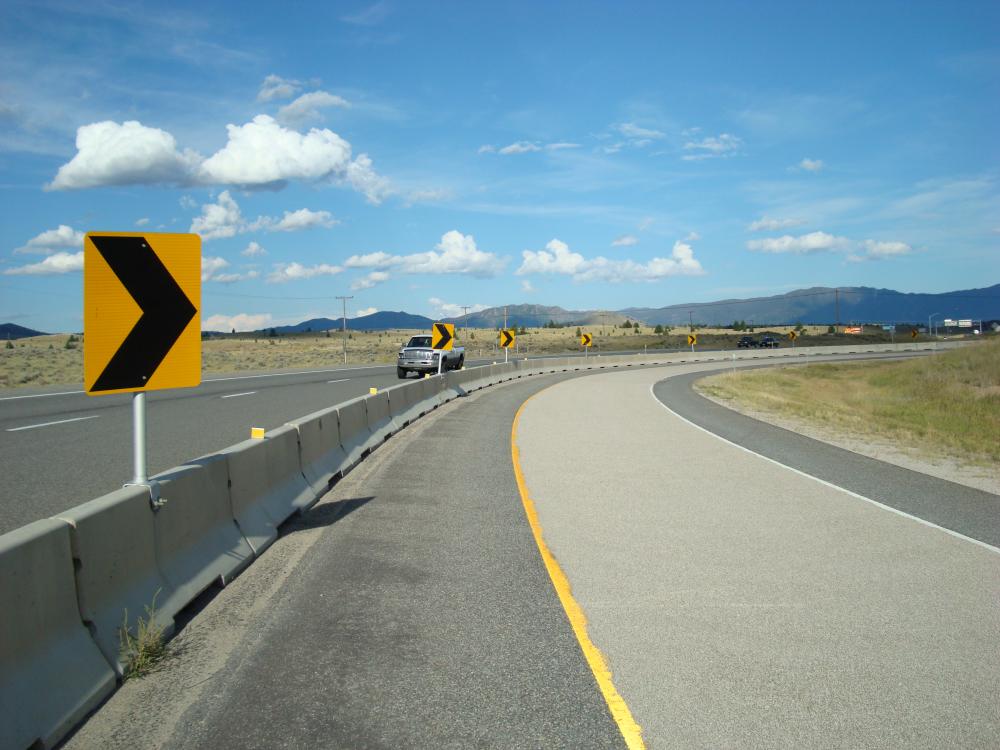 HFS for Curves
HFS for Curves
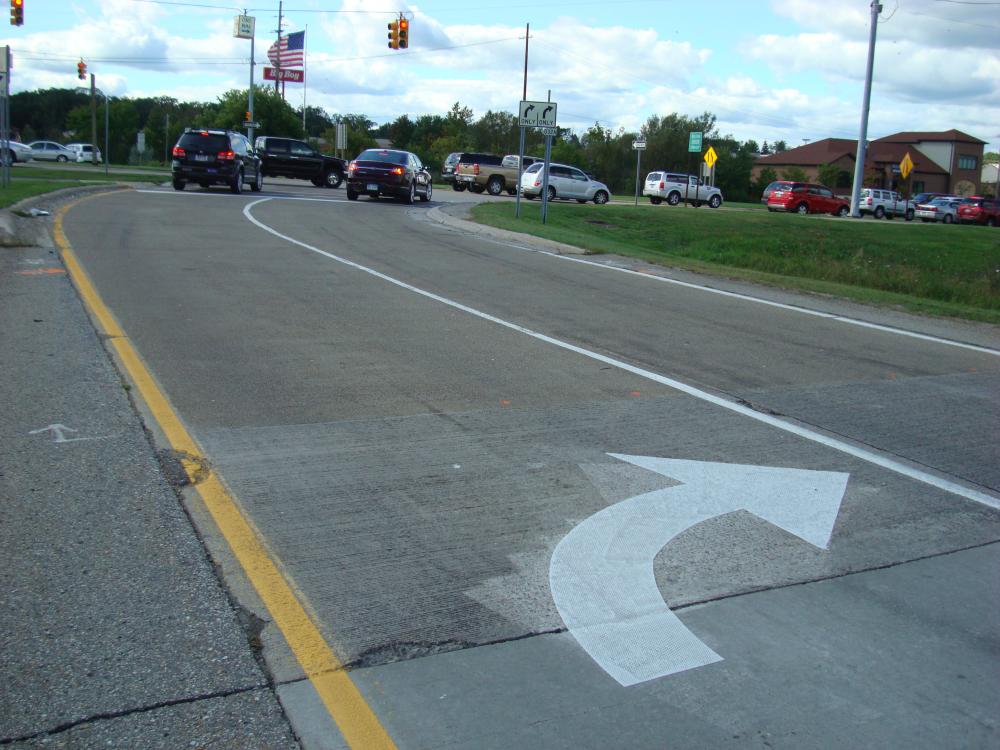
HFS for an Intersection Approach
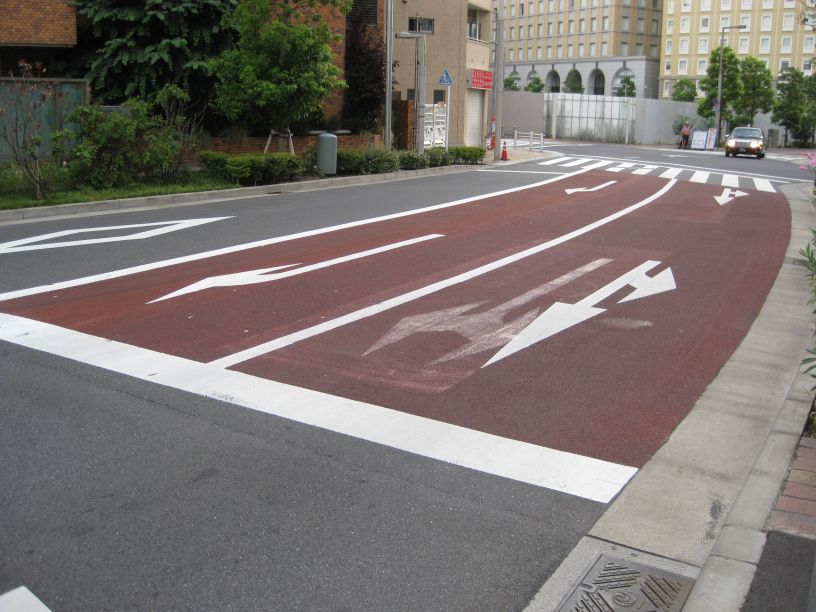
HFS for Lane Delineation and Railroad Crossing Safety (photos courtesy of Traffic Calming USA)
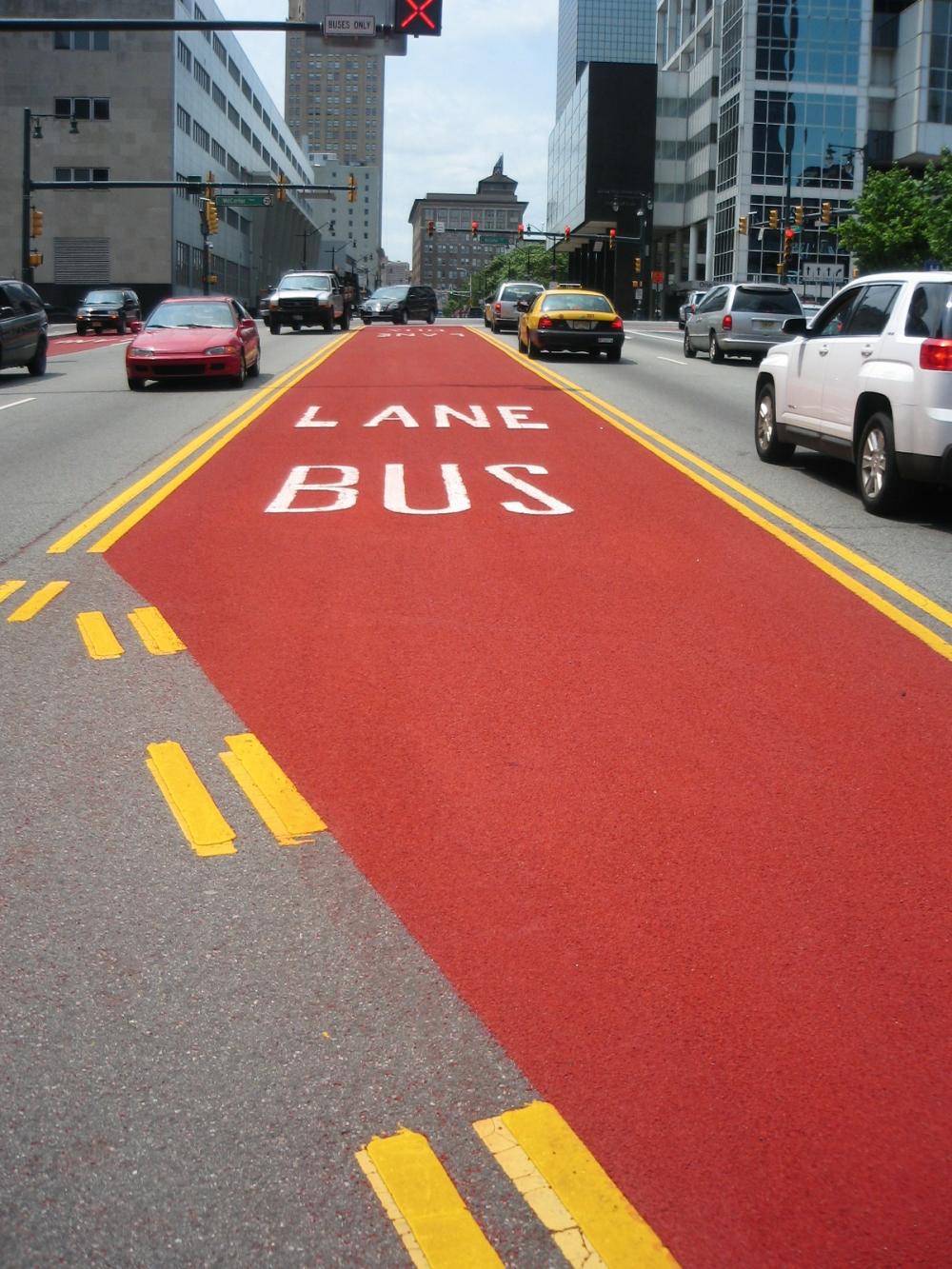
HFS for Lane Delineation and Railroad Crossing Safety (photos courtesy of Traffic Calming USA)
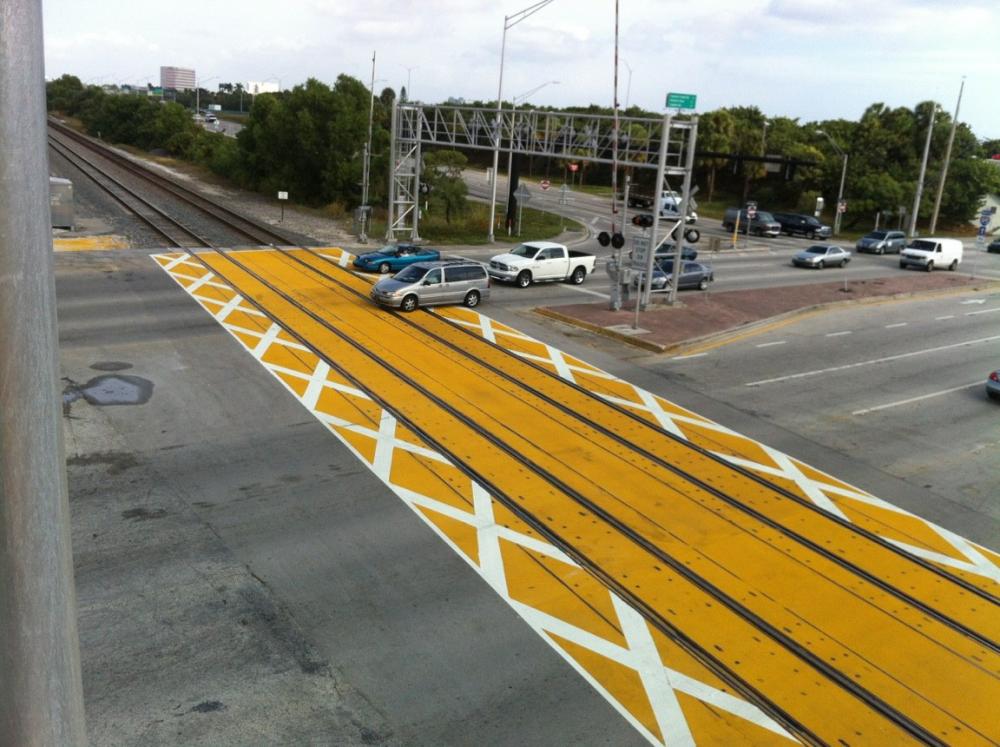 HFS for Lane Delineation and Railroad Crossing Safety (photos courtesy of Traffic Calming USA)
HFS for Lane Delineation and Railroad Crossing Safety (photos courtesy of Traffic Calming USA)
CONTACT US

The Transtec Group engineers the best pavements in the world. Have a pavement problem? Give us a call—we’re good listeners.
© 2025 | The Transtec Group, Inc. | Privacy Policy